Deposit interest rates are forecast to continue to increase from now until the end of the year to meet the increasing demand for credit capital. As a result, the room for interest rate reduction is likely to further narrow.
Banks rush to increase short-term deposit interest rates
Towards the end of the year, the frequency of interest rate adjustments at banks becomes more frequent.
Since the beginning of November, more than a dozen banks have increased deposit interest rates.
Most recently, MB has adjusted the interest rate for some terms. Accordingly, customers who deposit savings at this bank for a term of 3-5 months will enjoy an interest rate of 3.6%/year, and for a term of 6-11 months it is 4.2%/year. The highest interest rate when depositing at the counter is 5.7%/year.
For online savings, the interest rate is about 0.2% higher than at the counter. The digital deposit product has the highest interest rate of 5.9%/year with a term of 24 months or more.

According to VietNamNet reporters , after many increases, the 12-month deposit interest rate has reached 5.95%/year in some places, and the 13-month deposit interest rate has exceeded 6%/year. The deposit interest rate of over 6%/year for long terms has appeared at many banks such as Ocean Bank, BaoViet Bank, BVBank, HDBank, NCB, ABBank, Bac A Bank, Saigonbank, etc.
Despite continuous increases, according to the announcement of the State Bank of Vietnam (SBV), the interest rate level is still relatively low.
In October, the average interest rate of domestic commercial banks was 0.1-0.2%/year for VND deposits with no term and terms of less than 1 month; from 2.9-3.8%/year for terms from 1 month to less than 6 months. For terms from 6-12 months, the common interest rate was in the range of 4.4-5.0%/year; from over 12 to 24 months was 5.2-6%/year; over 24 months was 6.9-7.2%/year.
Room for lending rate reduction narrows
With deposit interest rates continuously increasing, the goal of further reducing lending interest rates becomes more difficult. In the first 10 months of this year, the State Bank of Vietnam kept the operating interest rate unchanged while lending interest rates decreased by 0.76% compared to the end of last year.
Currently, the demand for credit capital in the last months of the year is showing a tendency to continue to increase, combined with exchange rate pressure from the international market, leaving little room for reducing lending interest rates.
Financial expert Truong Hien Phuong - Senior Director of KIS Vietnam Securities - commented that there is an existing pressure on monetary policy. That is the pressure on capital supply from the credit institution system to the economy is still large, including medium and long-term capital, in the context of capital mobilization from the corporate bond and securities markets facing many difficulties.
"This poses a great risk of maturity and liquidity for the banking system due to short-term mobilization for medium and long-term lending," Mr. Phuong commented.
However, the expert predicts that lending interest rates will increase more slowly from now until the end of the year. This is due to competition for market share among banks and the government's policy to keep interest rates at a reasonable level, supporting economic growth.
Associate Professor Dr. Nguyen Huu Huan - Ho Chi Minh City University of Economics - commented that at the end of the year, the demand for loans will increase sharply, so banks must increase interest rates to mobilize capital and prepare money sources to meet credit growth targets. Increasing capital mobilization will cause interest rates at the end of the year to tend to increase.
“However, this is not a cause for concern but rather a seasonal factor. The reason is the sudden demand for capital at the end of the year, in addition, the interest rate level is also low, so banks must maintain a good level to keep the cash flow, otherwise it will ‘flow’ into other channels,” Mr. Huan analyzed.
According to experts, if the State Bank wants to reduce interest rates in the current context, it needs to pump more money into the economy, for example through the OMO channel... From there, interest rates in the interbank market will decrease, and interest rates in the mobilization market will also decrease.
“However, if the SBV injects money in the context of the current tense exchange rate, it will put pressure on the exchange rate. Therefore, the SBV will limit injecting too much money into the economy during this period, because Vietnam is having to balance the exchange rate and interest rate. Therefore, this is a period when accepting a higher interest rate is appropriate to ensure macroeconomic stability, especially exchange rate stability,” said Mr. Huan.
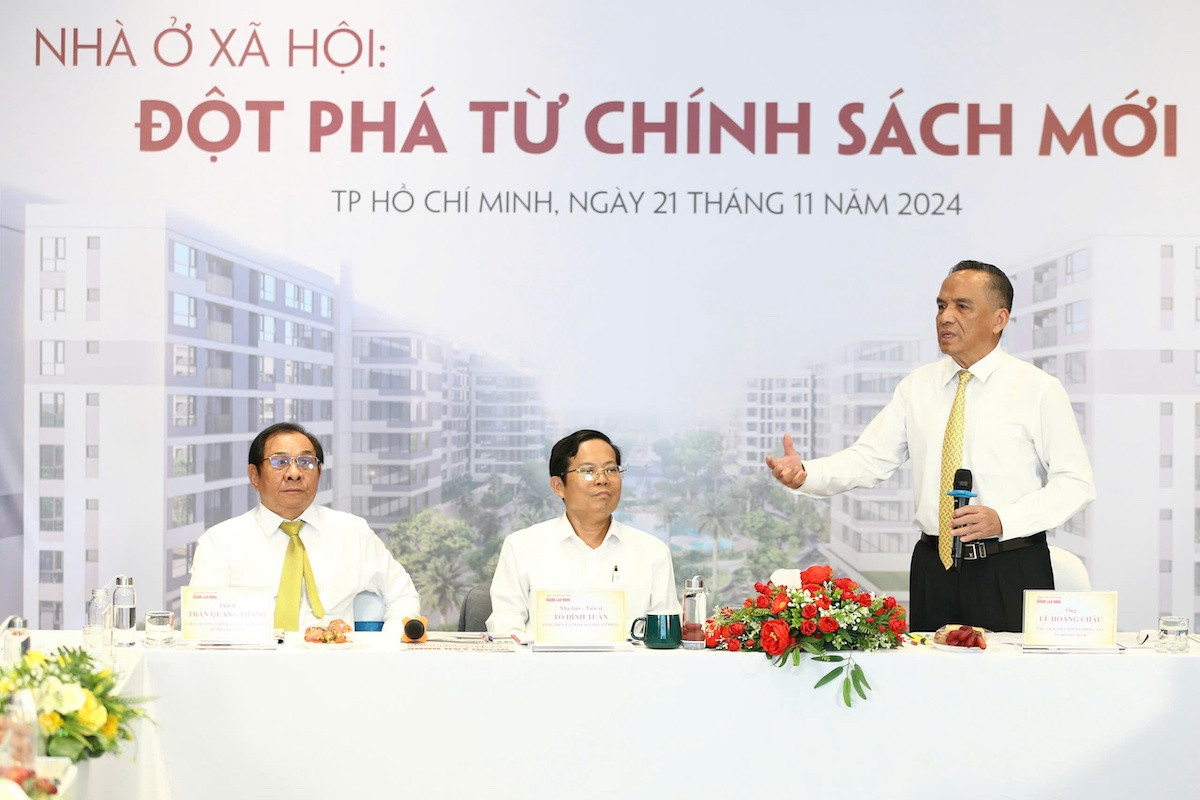
Bank leaders state reasons for difficulty in reducing interest rates on loans for social housing purchases

Latest information on the case of the company related to artist Quyen Linh owing 2.1 billion VND in social insurance
Source: https://vietnamnet.vn/lai-suat-huy-dong-lien-tuc-tang-lai-vay-cang-kho-giam-them-2346261.html


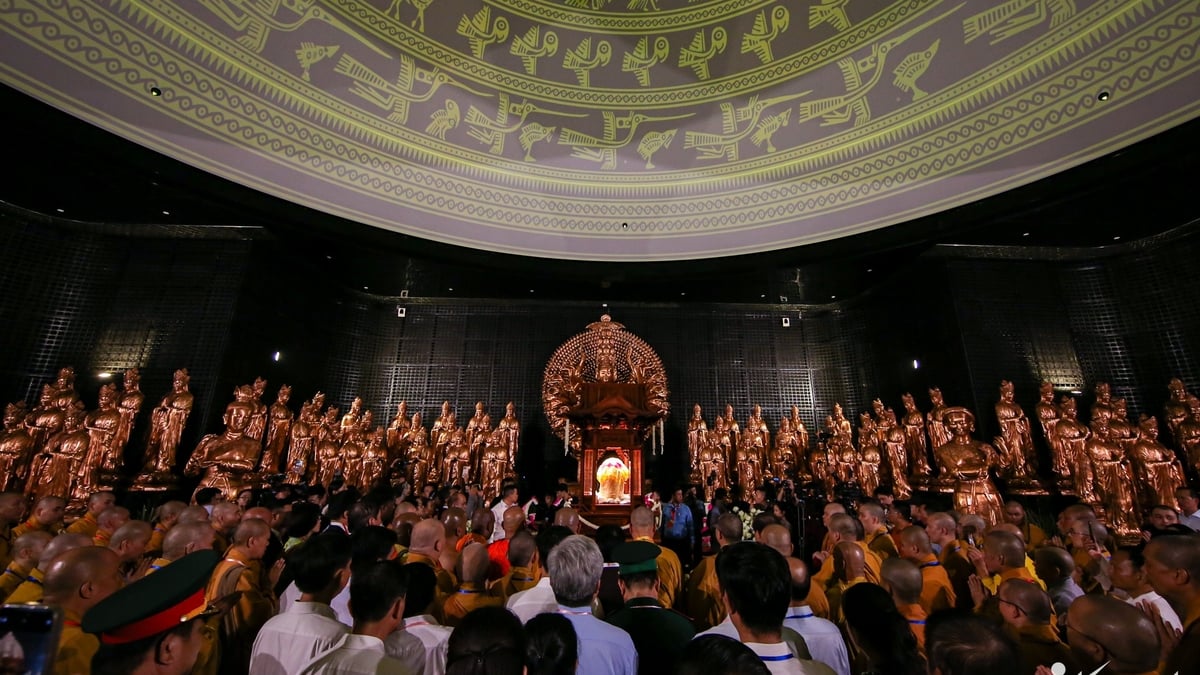
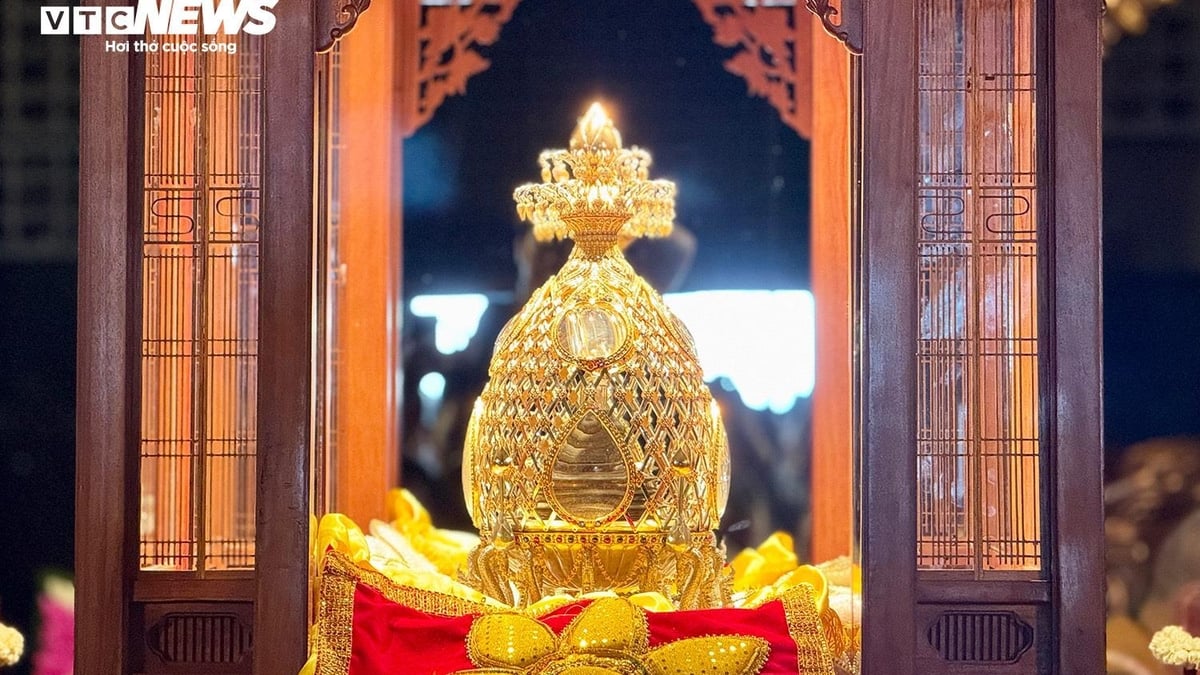

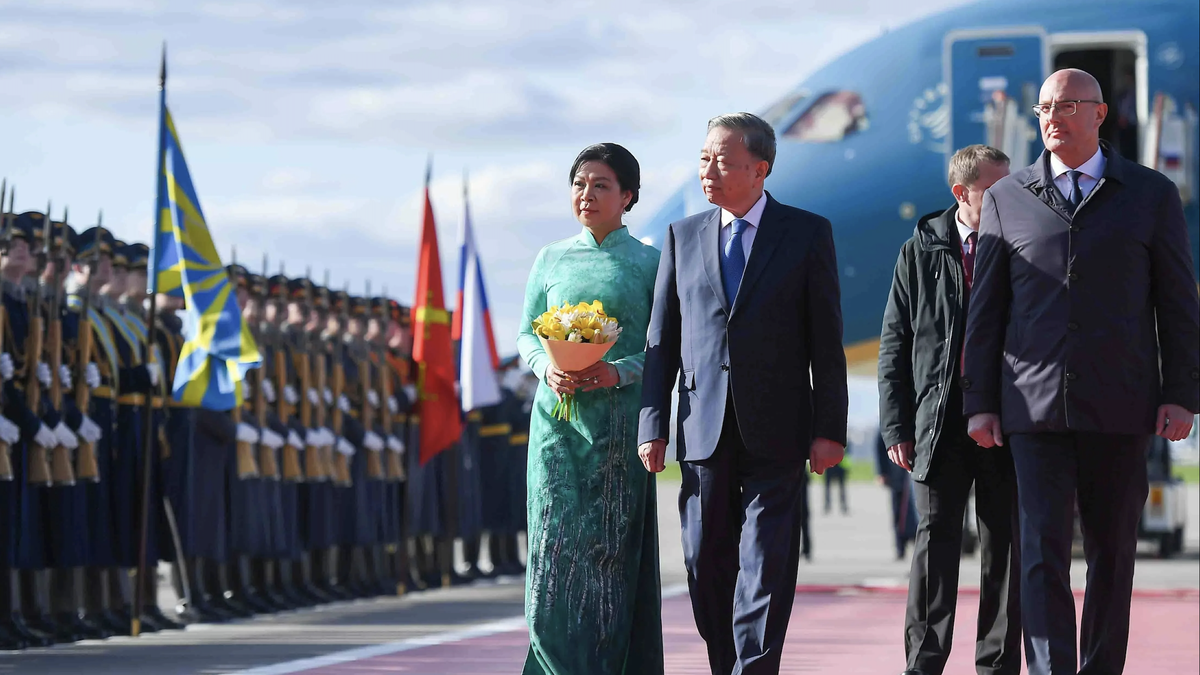









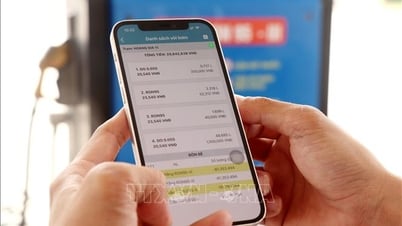
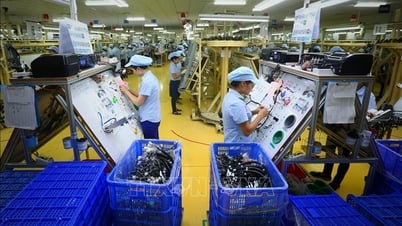














![[Photo] General Secretary To Lam begins official visit to Russia and attends the 80th Anniversary of Victory over Fascism](https://vphoto.vietnam.vn/thumb/1200x675/vietnam/resource/IMAGE/2025/5/8/5d2566d7f67d4a1e9b88bc677831ec9d)
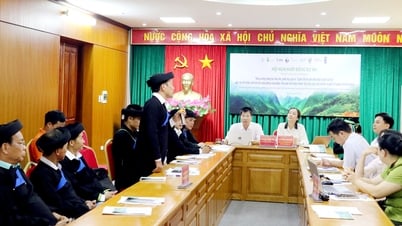






































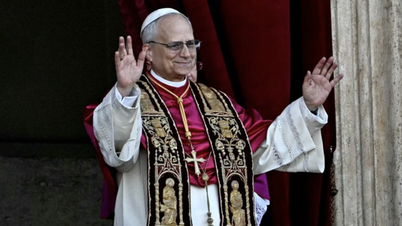





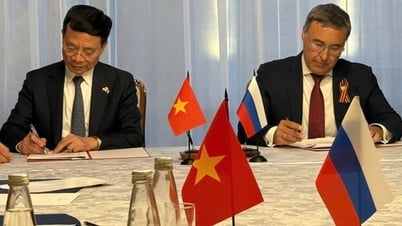


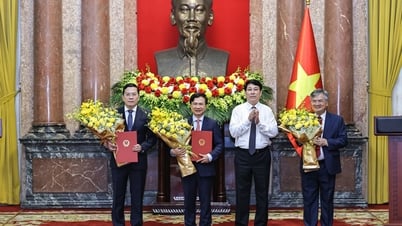






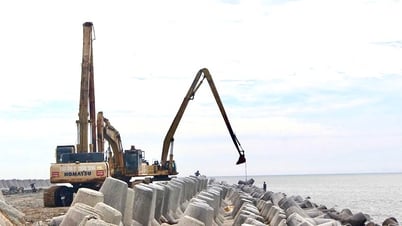



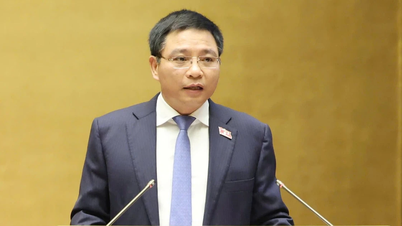











Comment (0)